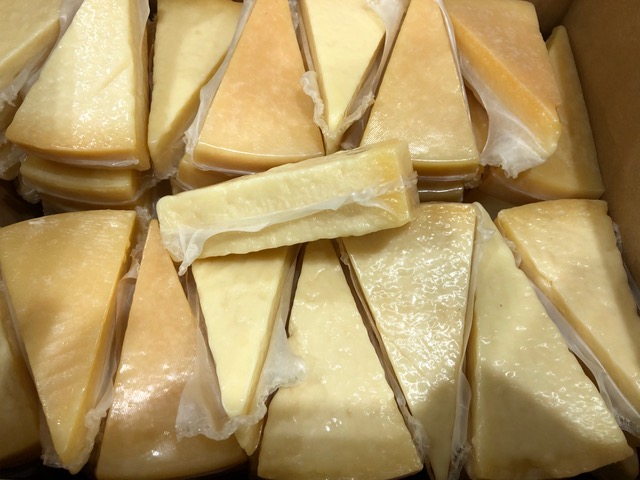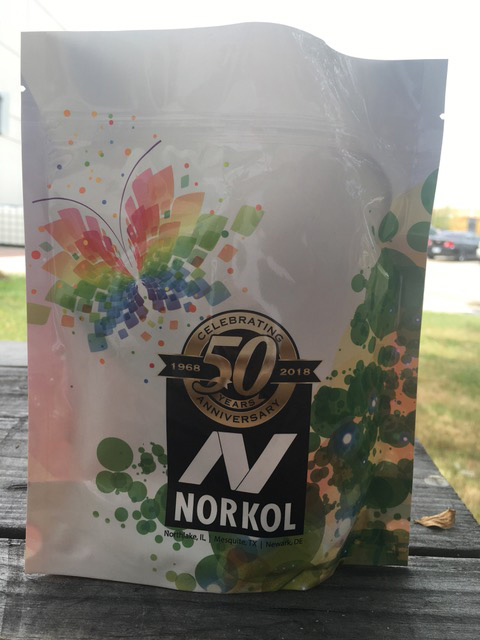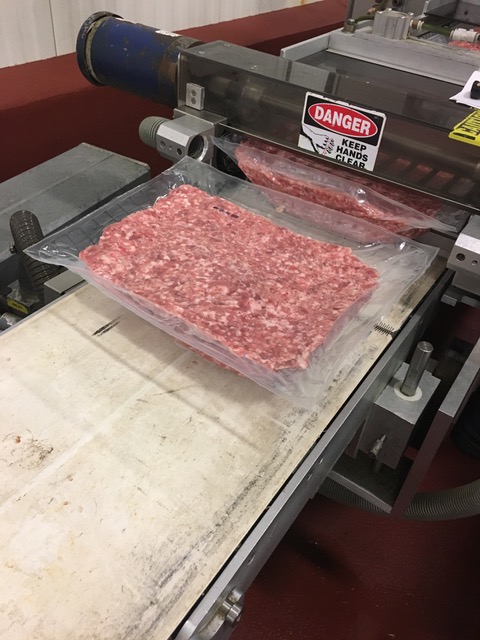How Flexible Packaging Converters Stand to Benefit from Rising Snack Culture
- Published: October 18, 2019
By Mike Kerr, Executive Vice President / COO at Norkol, Inc.

The trend of on-the-go eating has shifted packaging away from tin and glass towards more versatile flexible packaging. Consumer trends and behaviors like these have a domino effect that directly impacts converters.
Made from durable films, foils and papers, flexible packaging can preserve food longer, suit single-serving snack sizes and encourage recycling. All of this means that flexible packaging will continue to grow in popularity. For converters, that not only results in good business, it fuels the best kind of business.
Flexible Packaging is Uniquely Capable of Supporting Fast-Paced Lifestyles and Nutritional Goals
Across the world, consumers are eating fewer meals and more snacks. Everything from banking to business meetings have gone mobile, and consumers expect their food to be mobile too. Busier lifestyles leave consumers with less time to cook, sit down and eat a full meal or pack a lunch every day. Not only has there been a rise in convenience foods to accommodate fast-paced lifestyles, consumers are also demanding on-the-go healthy snacks as well.
Healthy snack bars, nuts, jerkies and pre-cut produce packaged in foils, plastic films and coated paper are fueling the $33 billion snack food industry. According to a 2017 Nielson report, individual meal replacement, performance, weight management and cereal bars have seen the most aggressive growth in sales between 2013 and 2016. The treatment of snacks as meal replacements explains this rapid growth of healthy, nutrient-dense single-serving snack foods.
Why is this good news for converters? These types of single-serving foods are best packaged and preserved by flexible packaging thanks to its optimal portability. Easy-to-pack, easy-to-open and easy-to-dispose of packaging allows consumers the flexibility they need to sneak in dinner on the subway or breakfast on the way to class. Both single-serving and convenience sized packaging suits the needs of mobile, health-conscious consumers concerned with portion sizes and portability. The minimalism of puncture-resistant snack packaging also makes food products easy to slip into a backpack or pocket without the risk of leakage or tearing.
Flexible Packaging Growth by the Numbers

Flexible packaging manufacturers have already seen a boost from the single-serving snack food trend, and the market isn’t expected to slow down. As of 2017, the global food packaging market size was estimated at $277.9 billion. Between 2017 and 2024, this industry is expected to experience a compound annual growth rate (CAGR) of 5.1 percent. Within this already expanding food packaging market, flexible packaging is the fastest growing segment.
Flexible packaging in particular will see an average CAGR of 5.9 percent between 2018 to 2025, according to research published by Grand View Research Inc. That translates to even faster growth than the food packaging industry as a whole. The popularity of flexible packaging boils down to its versatility. Advances in technology allow flexible packaging manufacturers lighter, thinner and more compact options to meet consumer demand for portable, convenient snacks.
Another reason flexible packaging is growing at impressive rates is because of its ability to protect and store a wide variety of foods. Most consumers don’t typically survive on protein bars alone, which is why flexible packaging has also expanded into the market of single-serving meat and seafood. According to Tejvir Singh, a food and beverage industry analyst at Grand View Research, fish and seafood snack consumption, such as foil-packed tuna, has increased flexible packaging use.
The popularity of modified atmosphere packaging (MAP) has further contributed to the growth of flexible packaging because of its ability to maintain protective atmospheric chemistries for longer periods of time. MAP can preserve both convenience foods and more perishable organic snacks, even when food items are manufactured with fewer preservatives.
What Does This Mean for the Future of Converting?
Put simply, flexible packaging allows converters to add more value for their customers. It is highly cost effective to print and process in comparison to other types of packaging, because it requires fewer resources to manufacture. This allows converters to reduce energy costs and build better business models.

Additionally, flexible packaging can be used for a wide range of products. This allows converters to produce more types of packaging from a single material. Flexible packaging also lowers the cost of shipping and freight, because flexible materials take up less space.
Another perk of flexible packaging is its potential for scientific advancement. For example, material scientists have now developed eco-friendly films made from bio-based polymers. As a result, converters have access to the latest
high-performance, bio-based thermoplastic starch and polylactic acid films. These advancements will allow the converting industry to satisfy both consumers and environmental restrictions long into the future.
Most importantly, customer demand for flexible packaging is also a positive signal for converting businesses. It’s especially popular with marketers, and packaging designers because of the lower customer production costs and streamlined supply chains, which can lead to expanded market share.
Overall, the happier converters’ customers are with flexible packaging, the stronger the converting industry becomes.
About the Author
Mike Kerr is the executive vice president and COO at Norkol, Inc. He and his team work hard to find sustainable, creative solutions to the packaging industry. Norkol is proud to be one of the largest independently owned converters of commercial printing and packaging papers companies in the U.S.





